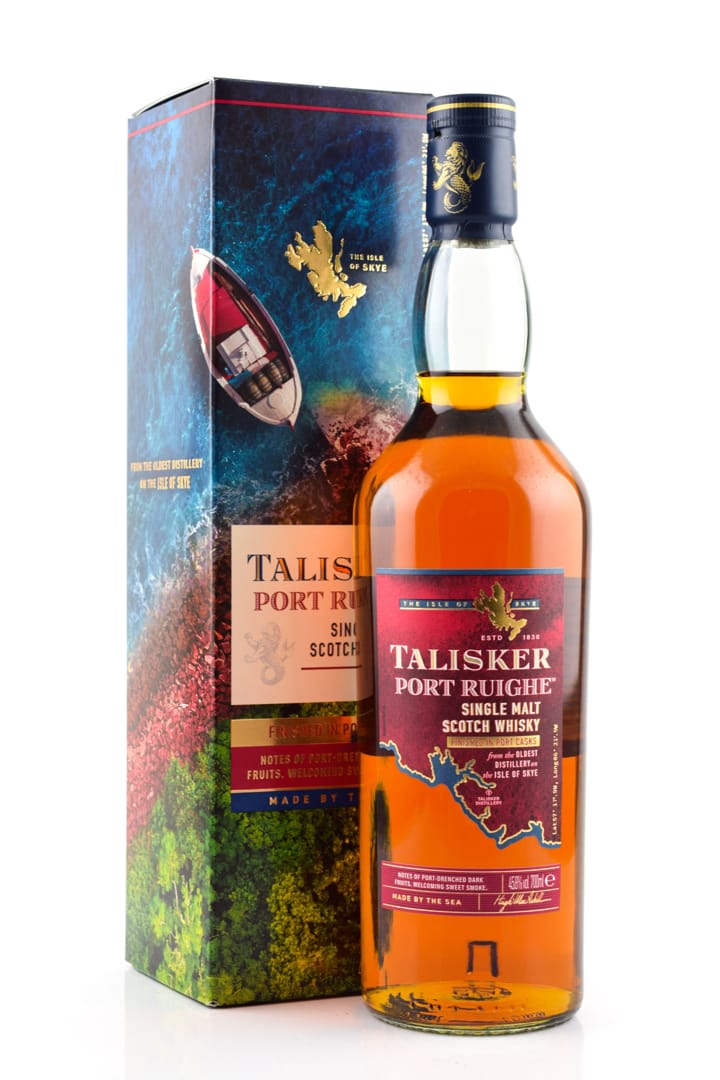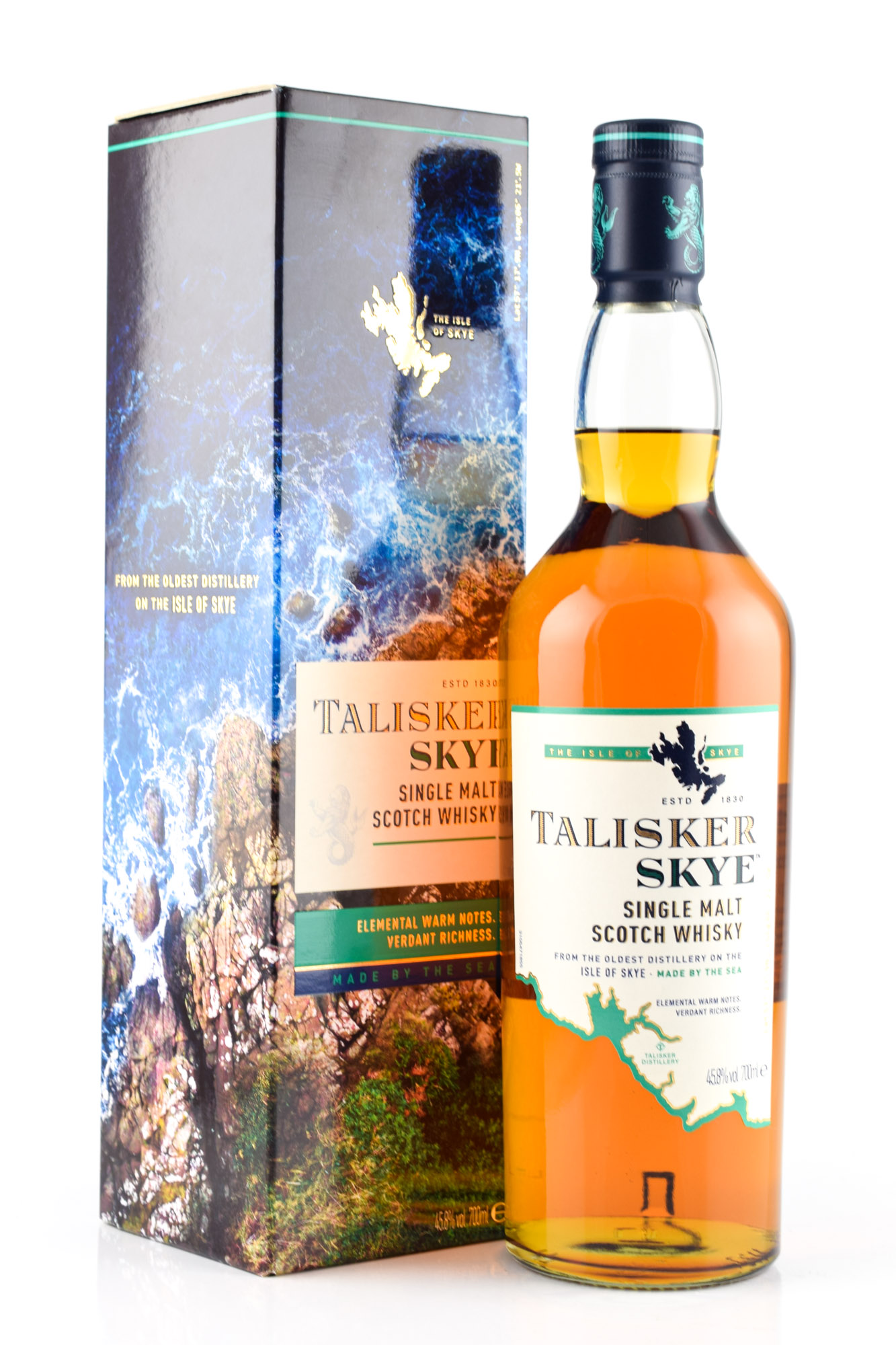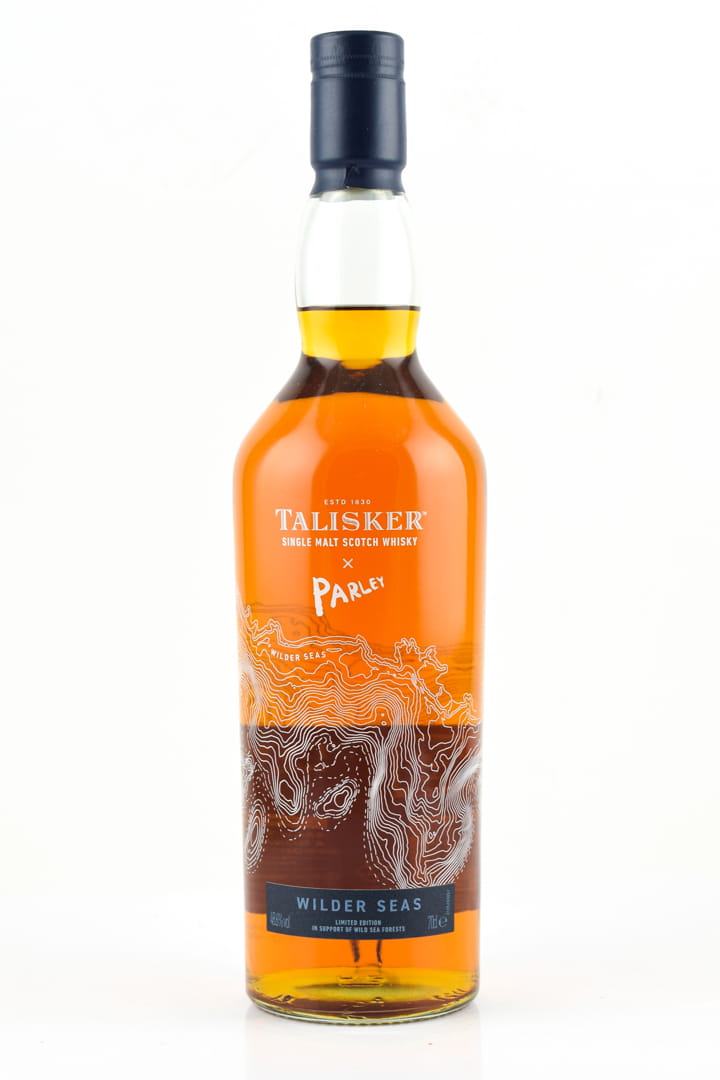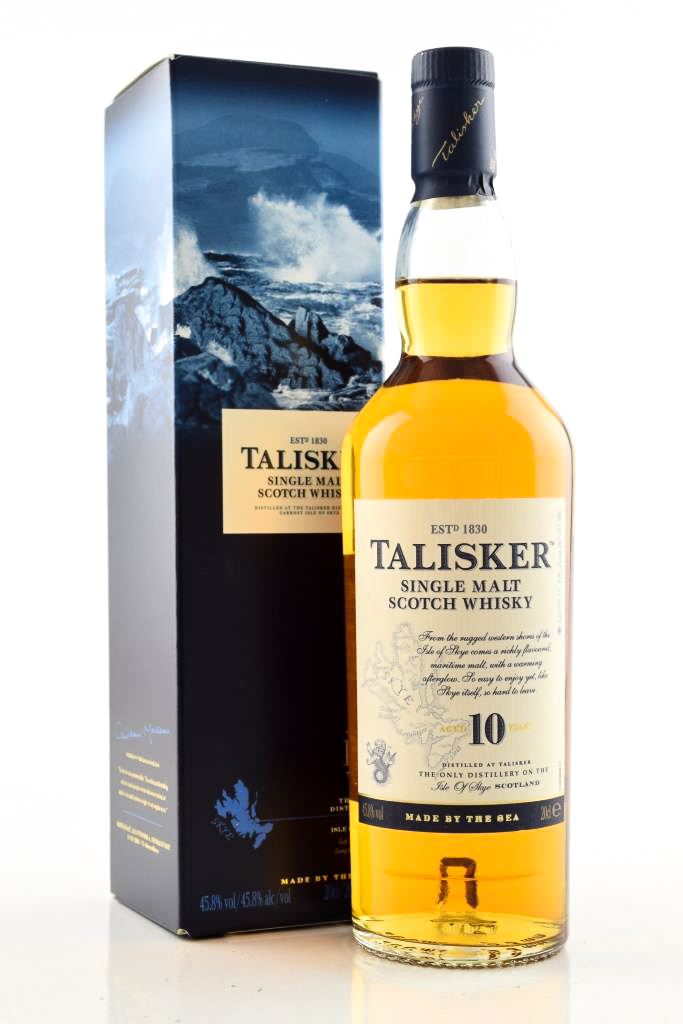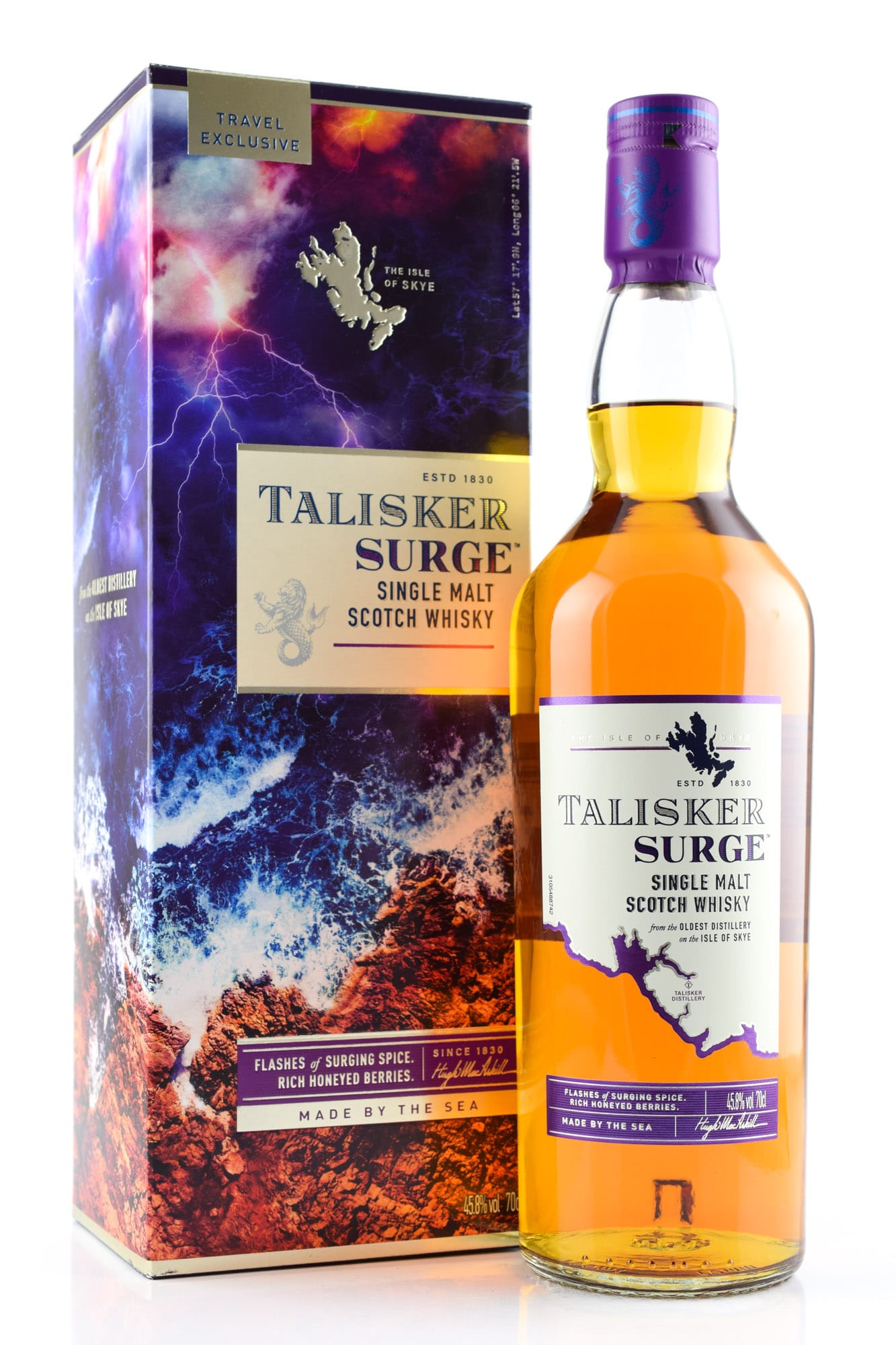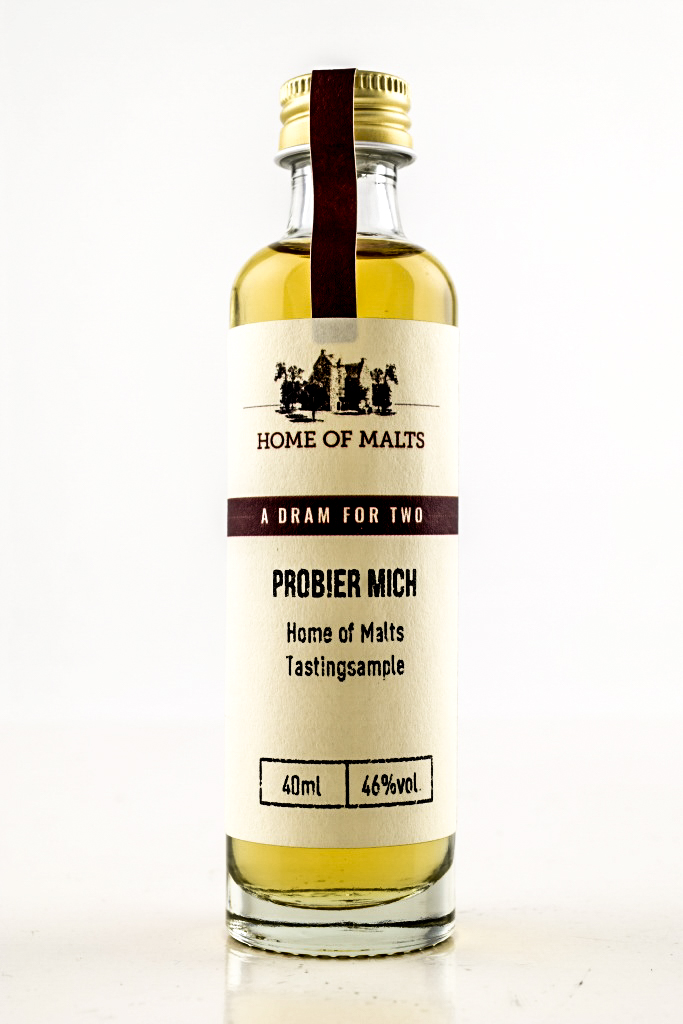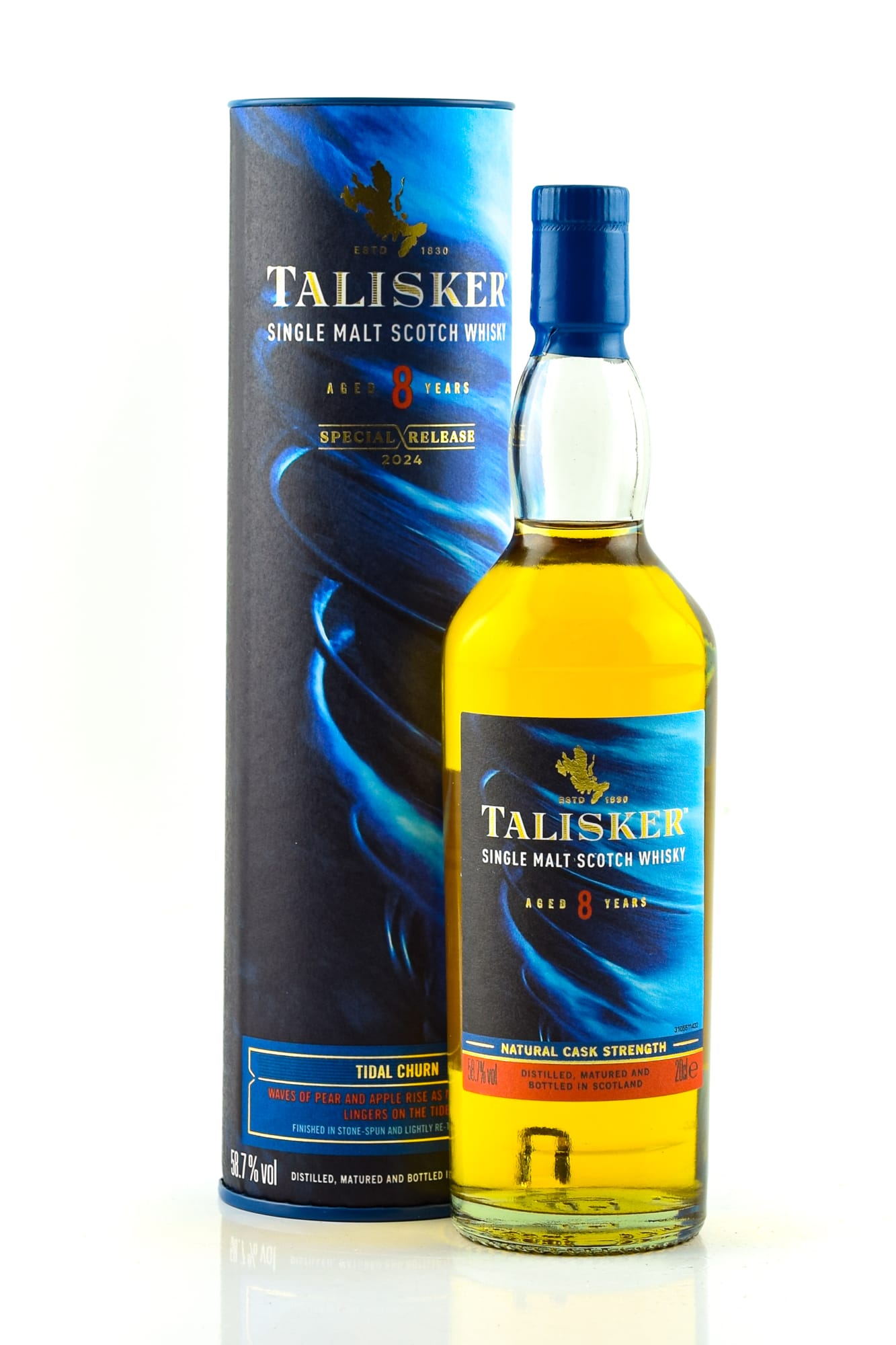- Scotch Whisky
-
Whisky
- Types of Whisky
- Whisky MIniatures & Samples
- Accessories
-
Distilleries / Brands
- Amrut
- Bushmills
- Connemara
- Jameson
- Johnnie Walker
- Jack Daniels
- Jim Beam
- Kavalan
- Nikka Whisky
- Paul John
- Redbreast
- Starward
- Suntory Whisky
- West Cork
- Waterford
-
All Distilleries / Brands
- Aberfeldy
- Aberlour
- Abhainn Dearg
- Aerstone
- Ailsa Bay
- Allt-à-Bhainne
- Amrut
- anCnoc
- Annandale
- Arbikie
- Ardbeg
- Ardmore
- Ardnahoe
- Ardnamurchan
- Armorik
- Arran
- Auchentoshan
- Auchroisk
- Aultmore
- Bain's
- Bakery Hill
- Balblair
- Ballantine's
- Ballechin
- Balmenach
- Balvenie
- Banff
- Basil Hayden's
- Ben Nevis
- Benriach
- Benrinnes
- Benromach
- Big Peat
- Bimber
- Black Bottle
- Black Rock
- Bladnoch
- Blair Athol
- Blanton's
- Booker's
- Bowmore
- Braeval
- Brora
- Bruichladdich
- Buffalo Trace
- Bulleit
- Bunnahabhain
- Bushmills
- Caledonian
- Cambus
- Cameronbridge
- Caol Ila
- Caperdonich
- Cardhu
- Carsebridge
- Chichibu
- Chivas Regal
- Clydeside
- Clynelish
- Coleburn
- Compass Box
- Connemara
- Convalmore
- Cooley
- Corsair Artisan
- Cotswolds
- Cragganmore
- Craigduff
- Craigellachie
- Crown Royal
- Cutty Sark
- Dad's Hat
- Daftmill
- Dailuaine
- Dallas Dhu
- Dalmore
- Dalwhinnie
- J.W. Dant
- Deanston
- Dewar's
- Dingle
- Drambuie
- Dry Fly Distilling
- Dublin Liberties
- Dufftown
- Dumbarton
- Eden Mill
- Edradour
- Eimverk
- Elijah Craig
- Elsburn
- Famous Grouse
- Fettercairn
- FEW Spirits
- Finlaggan
- Floki
- Four Roses
- Frysk Hynder
- George Dickel
- Ginkgo
- Girvan
- Glann Ar Mor
- Glasgow
- Glen Albyn
- Glen Elgin
- Glen Garioch
- Glen Grant
- Glen Keith
- Glen Mhor
- Glen Moray
- Glen Ord
- Glen Scotia
- Glen Spey
- Glenallachie
- Glenburghie
- Glencadam
- Glendalough
- Glendronach
- Glendullan
- Glenesk
- Glenfarclas
- Glenfiddich
- Glenglassaugh
- Glengoyne
- Glengyle
- Glenkinchie
- Glenlivet
- Glenlossie
- Glenmorangie
- Glenrothes
- Glentauchers
- Glentauchers
- Glenturret
- Glenugie
- Glenwyvis
- Grant's
- Green Spot
- Hakushu
- Hanyu
- Harris
- Hazelburn
- Heaven Hill
- Hibiki
- Highland Park
- Holyrood
- Hyde
- Ileach
- Imperial
- Inchgower
- Inchmurrin
- Invergordon
- Inverleven
- Jack Daniel's
- Jameson
- Jim Beam
- Johnnie Walker
- Jura
- Karuizawa
- Kavalan
- Kilbeggan
- Kilchoman
- Kilkerran
- Kingsbarns
- Kininvie
- Knob Creek
- Knockando
- Knockdhu
- Koval
- Kyrö
- Ladyburn
- Lagavulin
- Lagg
- Lantenhammer
- Laphroaig
- Lark
- Ledaig
- Lindores Abbey
- Linkwood
- Linlithgow
- Littlemill
- Loch Lomond
- Lochlea
- Lochside
- Longmorn
- Longrow
- Macallan
- Macduff
- Mackmyra
- MacNair's
- Maker's Mark
- Mannochmore
- Mars
- Michter's
- Midleton
- Milford
- Millburn
- Millstone
- Miltonduff
- Miyagikyo
- Monkey Shoulder
- Mortlach
- Nc'nean
- Nikka Whisky
- North British
- North of Scotland
- North Port
- Oban
- Octomore
- Old Ballantruan
- Old Forester
- Old Grand Dad
- Old Pulteney
- Paul John
- Peat's Beast
- Penderyn
- Pietra & Maleva
- Pittyvaich
- Port Askaig
- Port Charlotte
- Port Dundas
- Port Ellen
- Powers
- Puni
- Raasay
- Rebel Yell
- Redbreast
- Redemption
- Rittenhouse
- Rosebank
- Royal Brackla
- Royal Lochnagar
- Scapa
- Sea Shepherd
- Slyrs
- Smokehead
- Spey
- Speyburn
- Speyside Distillery
- Springbank
- St George's Distillery
- St. Kilian
- St. Magdalene
- Star Hill
- Starward
- Stauning
- Stork Club
- Strathclyde
- Strathisla
- Strathmill
- Sullivans Cove
- Suntory
- Talisker
- Tamdhu
- Tamnavulin
- Teaninich
- The Teeling Whisky Company
- Teerenpeli
- The Epicurean
- The Irishman
- The Quiet Man
- The Singleton
- Tobermory
- Togouchi
- Tomatin
- Tomintoul
- Torabhaig
- Tormore
- Tullamore Dew
- Tullibardine
- Tyrconnell
- Uitvlught
- Warenghem
- Waterford
- West Cork
- Westerhall
- Westward
- WhistlePig
- White Oak
- Wild Turkey
- Willett
- Wolfburn
- Woodford Reserve
- Writers Tears
- Yamazaki
- Yoichi
- Specials
- Countries
- Whisky recommendations
- Rum
- Gin
- Wine
- Spirits & Liqueurs
- New In
- Samples & Miniatures
- Gift ideas
- SALE
Talisker
Translation: water hole
Region: Iceland
Yes, it can be very fierce at Talisker.
And that does not just apply to the character of the malt, which is also praised as the "lava of the cuillins". (Where "Cuillins" means the imposing mountain range that rises dramatically on Skye's horizon.)
In November 1960, the distillery was destroyed by a band. The copper fuel boilers were then heated directly by a coal fire. One of the employees inadvertently opened a valve on the Spirit Still No. 1, the distillate ran over, became inflamed - and that was for the time being with Talisker.
Two years later, the distillery was rebuilt, down to the smallest detail of the original. So that certainly nothing changes the taste of the malt, the Robert Louis Stevenson once called the "King o 'drinks".
A little history
Hugh and Kenneth MacAskill founded Talisker in 1831 on the shores of Loch Harport in the remote west of Skye. After the death of the brothers, the distillery initially had a difficult time: The subsequent owners either went bankrupt or went to jail. It was not until the time of Alexander Grigor Allan and Roderick Kemp that things started to rise again at the end of the 19th century.
In 1900, the distillery received its own pier, which greatly simplified the transport. In addition, a field railway was built, which connected production facilities and the houses for the employees.
It was not until 1928 that Talisker switched from burning three times (as is common, for example, in Ireland) to the typical two-time burning of Scotland. Incidentally, until 1972 the distillery malted it itself. Today, she draws her distinctly malted malt, like most distilleries in Scotland, from external malting plants.
What do I actually have in the glass?
Fire. Pepper. Power and depth. Peat, spiciness and sweetness. Talisker is not unlike the mighty Islay malts like Lagavulin or Ardbeg, but has its own character.
3 reasons to love Talisker
1) Because everything is the same as it used to be.
2) Because the road to distillery is such a charming sheep slalom.
3) Because you really should love everything that comes from Skye anyway.
The one drama for the lonely island
Try the "Talisker 57 ° North". The name refers both to the geographical length of the distillery (57th longitude) and to the alcohol strength. Water addition thoroughly recommended.
numbers and facts
Address: Carbost, Isle of Skye, Inverness-shire IV47 8SR
Founded: 1831 by Hugh and Kenneth MacAskill
Status: active
Owner: Diageo
Capacity: approx. 2,000,000 liters
2 wash stills (14.706 l)
3 spirit stills (11,024 l)
Water: Private, unnamed sources and Burn on Cnoc nam Speireag
Visitor Center: Yes
Telephone: +44 (0) 1478 614308
Website: www.malts.com
Average rating of 4.6 out of 5 stars
Content: 0.7 Liter (€62.84* / 1 Liter)
Average rating of 4.5 out of 5 stars
Content: 0.7 Liter (€45.70* / 1 Liter)
Content: 0.7 Liter (€78.56* / 1 Liter)
Average rating of 4.7 out of 5 stars
Content: 0.2 Liter (€64.95* / 1 Liter)
Content: 0.7 Liter (€71.41* / 1 Liter)
Content: 0.04 Liter (€149.75* / 1 Liter)
Content: 0.04 Liter (€149.75* / 1 Liter)
Content: 0.04 Liter (€149.75* / 1 Liter)
Content: 0.04 Liter (€149.75* / 1 Liter)
Content: 0.2 Liter (€164.95* / 1 Liter)
Yes, Talisker can certainly be fiery.
And that doesn't just apply to the character of the malt, which is also praised as the "lava of the Cuillins". The "Cuillins" are the imposing mountain range that rises dramatically on the horizon above Skye.
In November 1960, the distillery was destroyed by fire. The copper stills were still heated directly by a coal fire at the time. One of the employees accidentally left a valve open on Spirit Still No. 1, the distillate overflowed, ignited - and that was it for Talisker for the time being.
Two years later, the distillery was rebuilt, matching the original down to the smallest detail. To ensure that the flavour of the malt that Robert Louis Stevenson once called the "King o' drinks" remains unchanged.
What does Talisker mean? The translation of Talisker is "waterhole".
Where is Talisker? The Talisker Distillery is located on Loch Harport, an arm of the sea on the Isle of Skye. The distillery is therefore categorised as an island whisky or the region of Iceland.
3 reasons to love Talisker
1) Because everything is just like it used to be.
2) Because the road to the distillery is such a charming sheep slalom.
3) Because you're supposed to love everything that comes from Skye anyway.
What does Talisker whisky taste like?
Fire. Pepper. Power and depth. Peat, spiciness and sweetness. Talisker is not dissimilar to the powerful Islay malts such as Lagavulin or Ardbeg, but has its own character.
A little history on Talisker
Hugh and Kenneth MacAskill founded Talisker in 1831 on the shores of Loch Harport in the remote west of Skye. After the death of the brothers, the distillery initially went through a difficult time: The subsequent owners either went bankrupt or went to prison. It was only under Alexander Grigor Allan and Roderick Kemp that things picked up again at the end of the 19th century.
In 1900, the Talisker Distillery was given its own jetty, which made transport much easier. A light railway was also built to connect the production facilities and the houses for the employees.
It was not until 1928 that Talisker switched from triple distillation (as is common in Ireland) to the typical Scottish double distillation. Incidentally, the distillery malted its own spirit until 1972. Today, like most distilleries in Scotland, it sources its significantly peated malt from external maltings.
The one dram of Talisker for the desert island
Try the Talisker Port Ruighe. A delicious variation on the maritime, smoky classic with a berry-fruity port finish. The post-maturing in port wine casks gives this Talisker new flavour dimensions that you should have tasted.
Figures & Facts about Talisker
Address: Carbost, Isle of Skye, Inverness-shire IV47 8SR
Founded: 1831 by Hugh and Kenneth MacAskill
Region: Island Whisky
Owner: Diageo
Type:Single malt Scotch whisky
Smoke: Heavily peated/heavily peated/heavily smoky
Status: active
Capacity: approx. 3,300,000 litres
Distillation stills: 2 wash stills (14,706 l), 3 spirit stills (11.024 l)
Washbacks: 8, Douglas Spruce
Mashtun: Lauter, 8 tonnes
Water: Private, unnamed springs and burn at Cnoc nam Speireag
Visitor Centre: Yes
Phone: +44 (0)1478 614308
Website: www.malts.com
